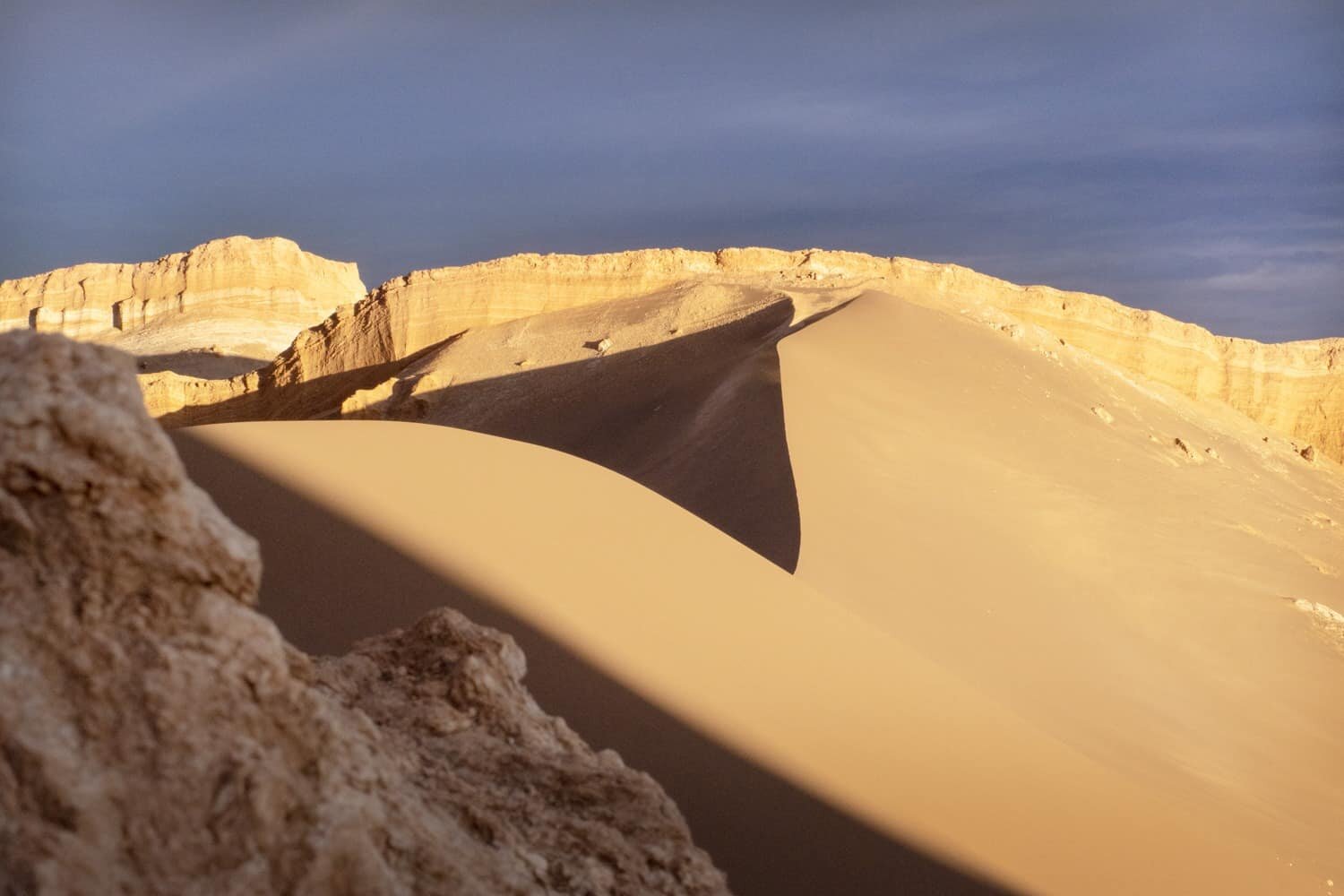
Landscape Photography Adventures in Valle de la Luna, Chile.
Declared a natural sanctuary in 1982, Chile’s Valle de la Luna (Valley of the Moon) is home to an other-worldly landscape of salt flats, craters, sand dunes and rock formations. Located in the Atacama Desert, the dry lunar like landscape attracts nature lovers year round and is inspiring from the first glimpse of its rugged beauty.
Photographers, you need to add this to your wish list.
Sitting at 2550metres above sea level, this natural wonder is simply extraordinary with endless patterns, shapes and colours resulting in composition possibilities in all directions. Carved by the elements over centuries, the weathered landscapes are impacted by wind patterns and the extreme climate of its geography within the driest desert on earth.
I recently visited in May when the nights were chilly and days a perfect blend of sunshine and cool air. The Atacama Desert has over 300 days of sunshine and it’s this fact combined with extremely low humidity levels that result in ideal conditions for photographers and visibility for miles.
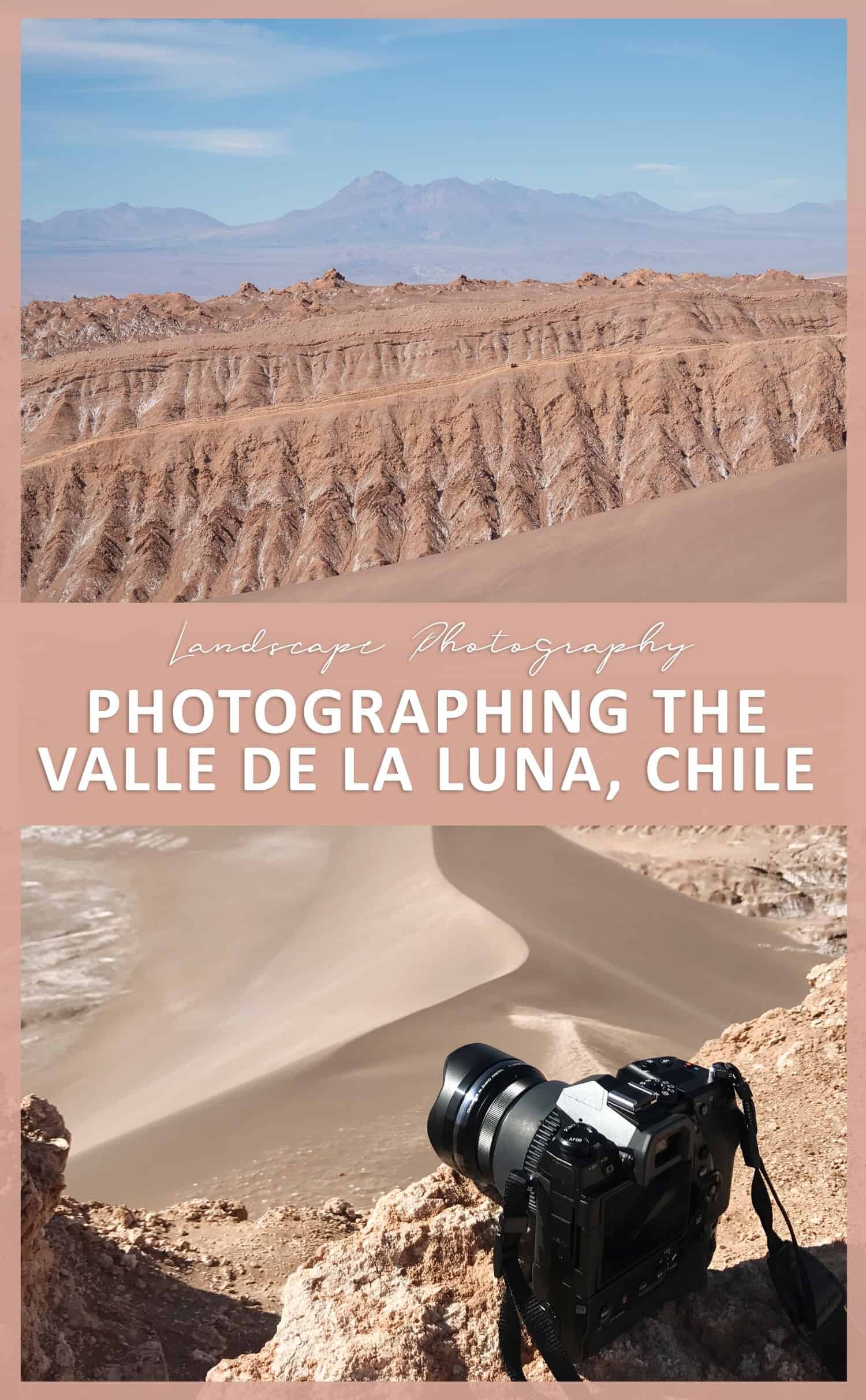
Where to Photograph the Valle de la Luna
To really capture the beauty of the valley, you’ll need to base yourself in nearby San Pedro de Atacama, a beautiful town that’s well versed in hosting tourists with a number of hotels and hostels available.
Accessing the Valle de la Luna is possible by hiring a bicycle or by joining one of the many tours that will drive to the carpark at the various trailheads. A number of hiking routes are available to explore the area, some including access to the salt caves.
One route I highly recommend is that leading to Mirador Achaches for expansive views over the valley. Starting with an uphill hike through sand, once you reach the top, the path continues along ridgelines and loops past the western side of the Duna Mayor.
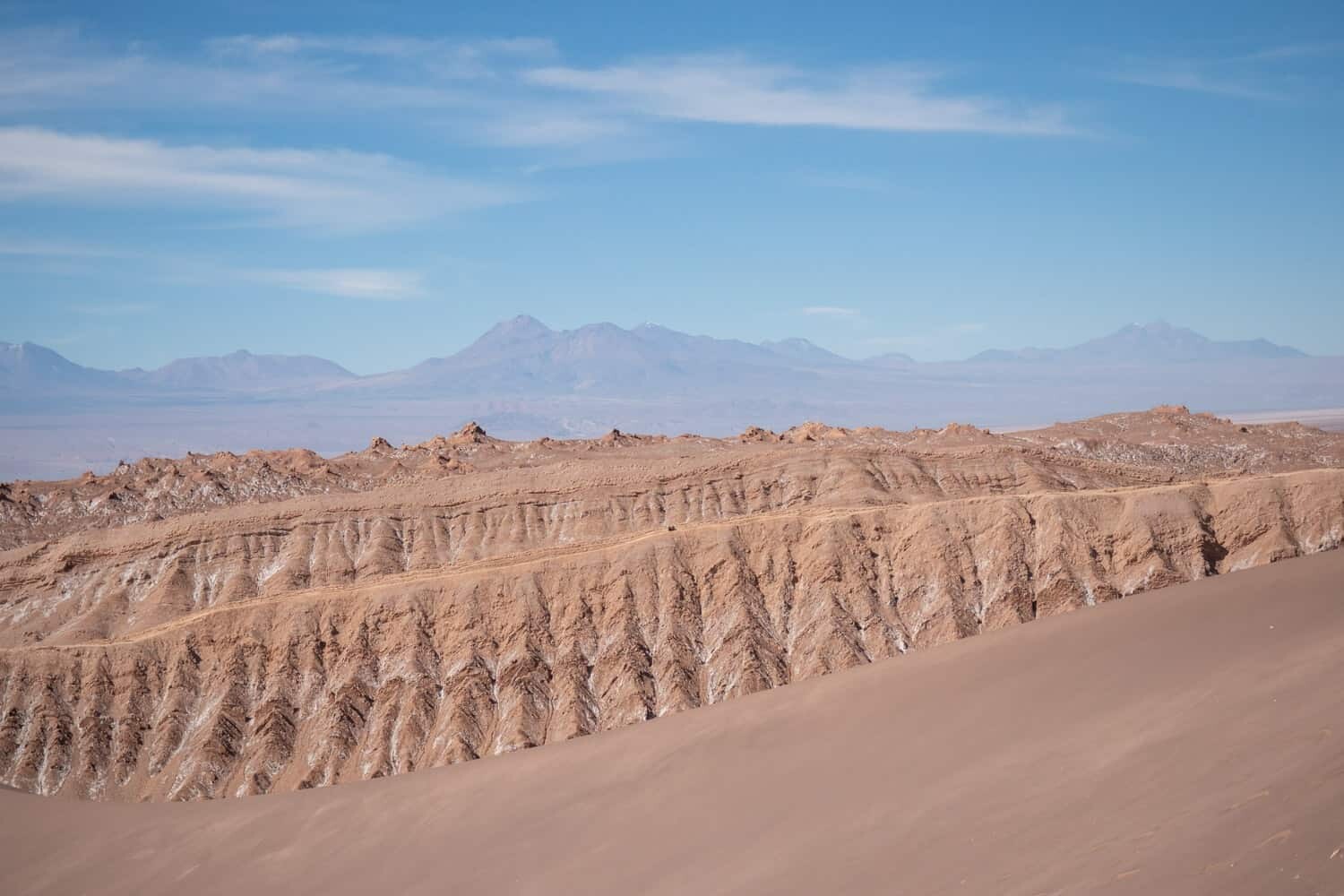
The dramatic scenery continues to wow around every corner and I was very happy to have packed every lens for the hike because I used them all! With the formations allowing for wide angle landscape shots but also begging you to capture it’s detailed surface, I was shooting with the following kit in an attempt to cover all angles:
Lenses Used in Valle de la Luna –
M.Zuiko 7-14mm f2.8 PRO lens
M.Zuiko 12-40mm f2.8 PRO lens
M.Zuiko 40-150mm f2.8 PRO lens
M.Zuiko 300mm f4 PRO lens
M.Zuiko 8mm f1.8 PRO lens
You read that correct, I used 5 Olympus PRO lenses in a period of 2 hours to photograph the one landscape. It truly is one of the most inspiring places I’ve ever visited and urge anyone planning a trip to allow themselves plenty of time to really soak up the scene.
Taking roughly 2-3 hours, the hike isn’t too strenuous but you need to ensure you’ve got plenty of water and wear a hat because the heat generating from the warm sand is quite intense, even in winter. If winds haven’t been strong in the days prior to your hike, there should be a relatively visible path to follow, if not, just be sure to keep your bearings as it is a desert after all and not somewhere you want to get lost.
Read here about using the Olympus E-M1X in Chile.
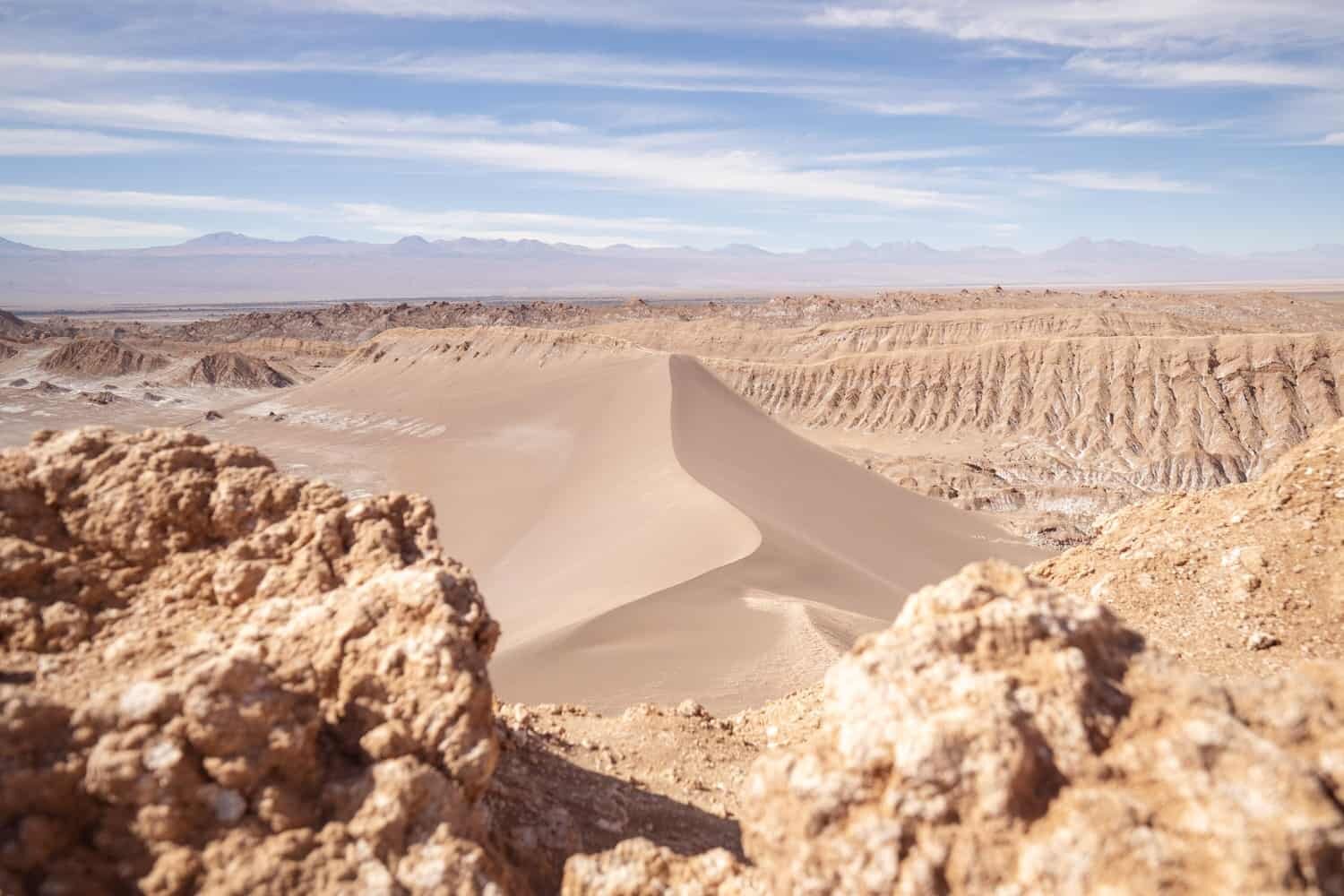
Sunrise at Valle de la Luna
One essential experience for any visiting photographer is sunrise over the Grand Duna Mayor. As the morning light rises from behind the volcanic peak of Lincancabur, the sand dunes are transformed into a canvas of moving shadows.
While you won’t find sunrise listed on may tour itineraries, I urge you to speak with local operators and ask about the possibility. I was based at the gorgeous Alto Atacama (read my review here) and their incredible team were able to arrange entry with a private guide, an experience I’ll never forget as the morning was not only filled with a sky of interesting clouds, gale force winds were present meaning we were the only two people in the park.
*You will find sunset at the Duna Mayor is particularly popular and many people will cycle out to enjoy the sun setting behind the Salt Mountain Ranges and sand dune.
Whether you visit at sunrise or sunset, the transformation of the sand dune as light moves toward or from the horizon is simply mind blowing. Due to the height of the dune and the influence of surrounding mountain peaks, shadows appear to dance across the sand, creating a moving scene that’s hard to look away from.
Rapidly changing as the morning light strengthens or evening light dims, it’s a moment that forces you to take a deep breathe, albeit one that you take while you’re clicking like crazy trying to capture the beauty before you.
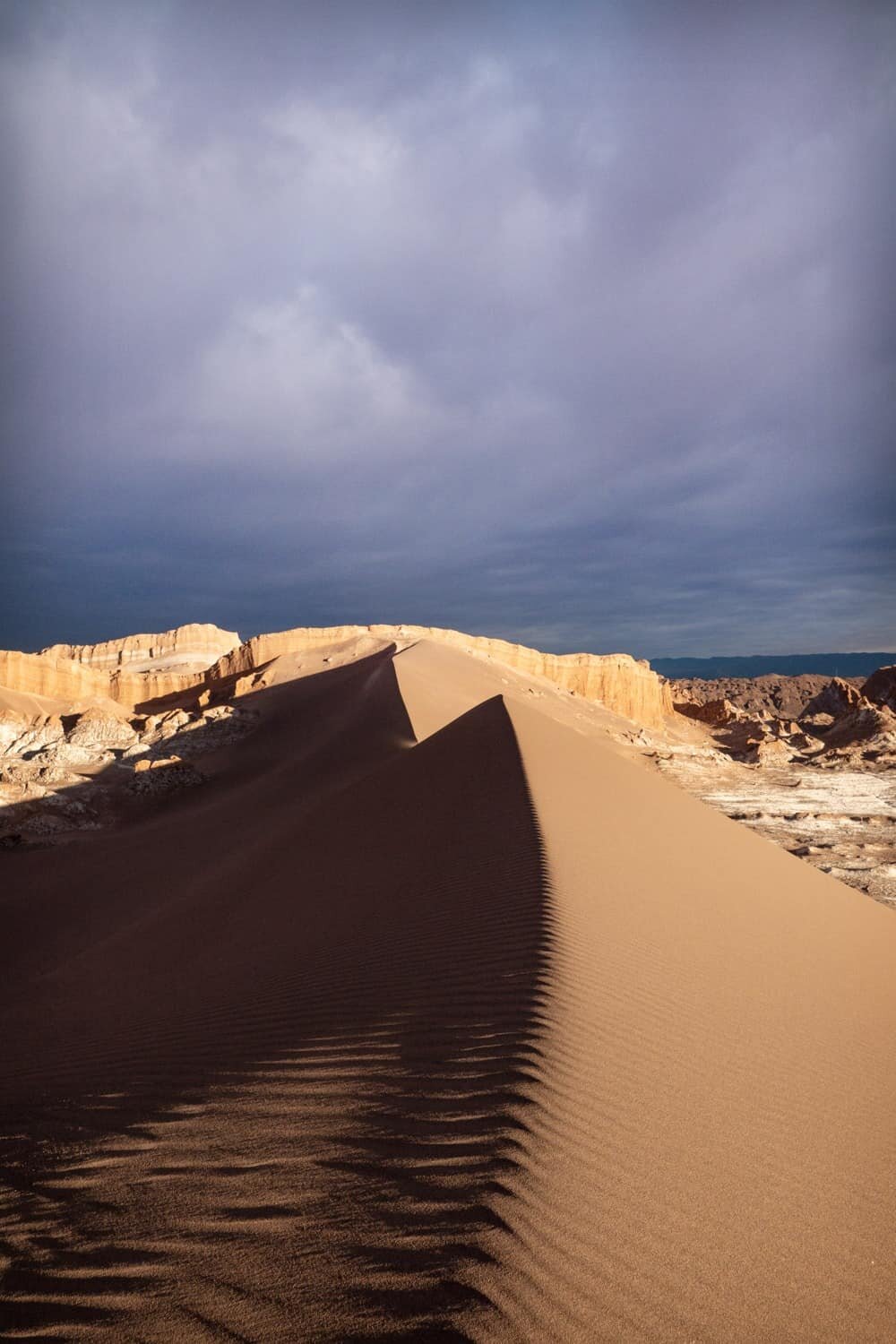
Photo Tips for the Valle de la Luna
- Ensure your gear is weather resistant or take measures to protect your lens and camera from sand particles. The Olympus gear I photograph with, including the new E-M1X are industry leading in terms of weather sealing. Having this piece of mind allows my focus to be completely aimed at composition and the landscape rather than covering my camera in a sand storm.
- Take a moment to read the scene. Look for patterns in the sand or rock formations to see which can be best used to show perspective or create leading lines.
- Use foreground elements to add a sense of place, framing the scene with the rugged rocks or sparkling sand bokeh.
- Pack a wide angle lens to ensure you can compose the entire scene into one image.
- Don’t forget to capture the smaller details or use your zoom lens as binoculars to find new composition possibilities and features to focus on.
- Lastly, visit more than once! I photographed the Valle de la Luna on four separate occasions and each time was dramatically different due to cloud cover, time of day and of course the weather with one day being completely still and the others extremely windy.
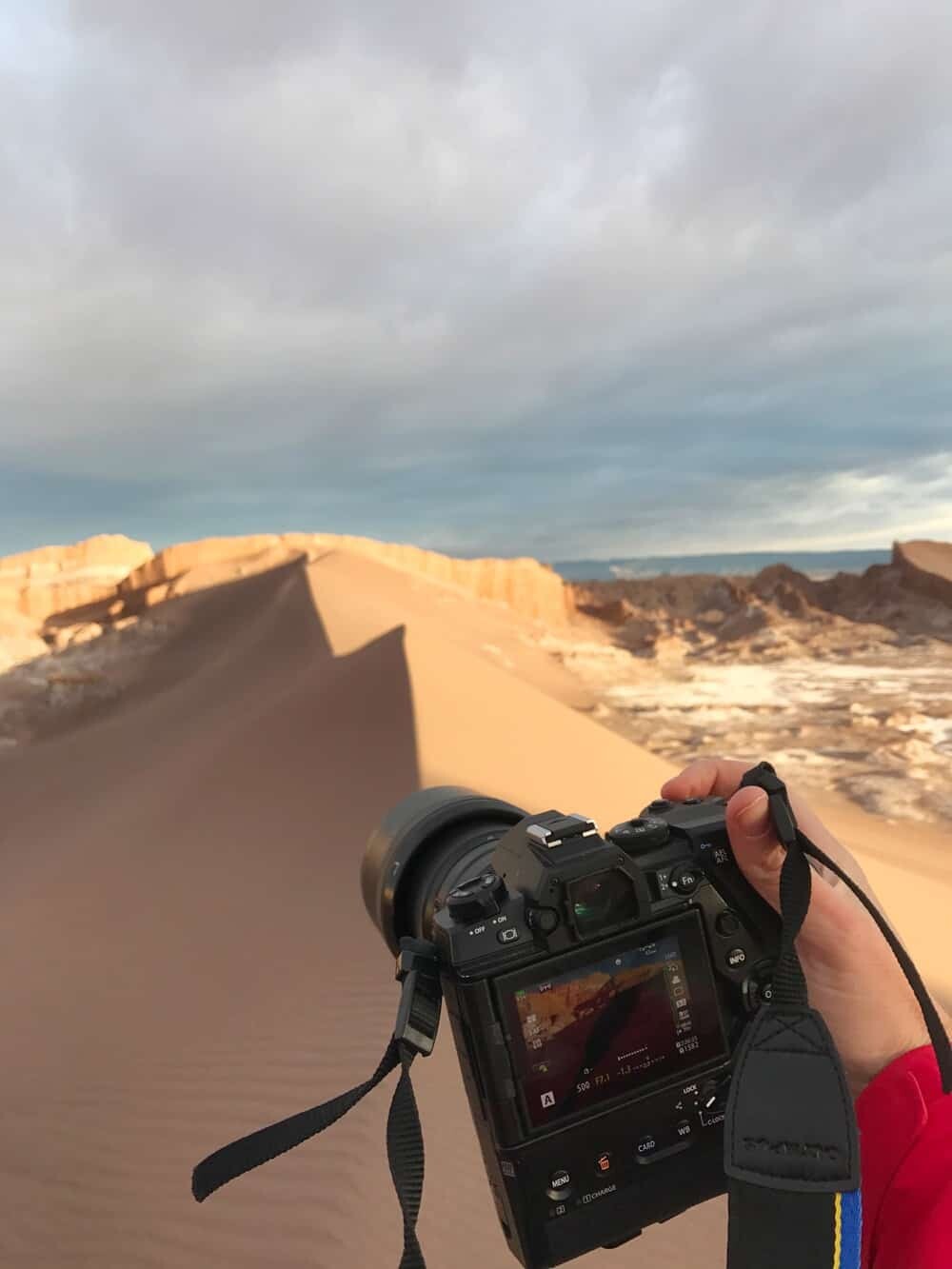
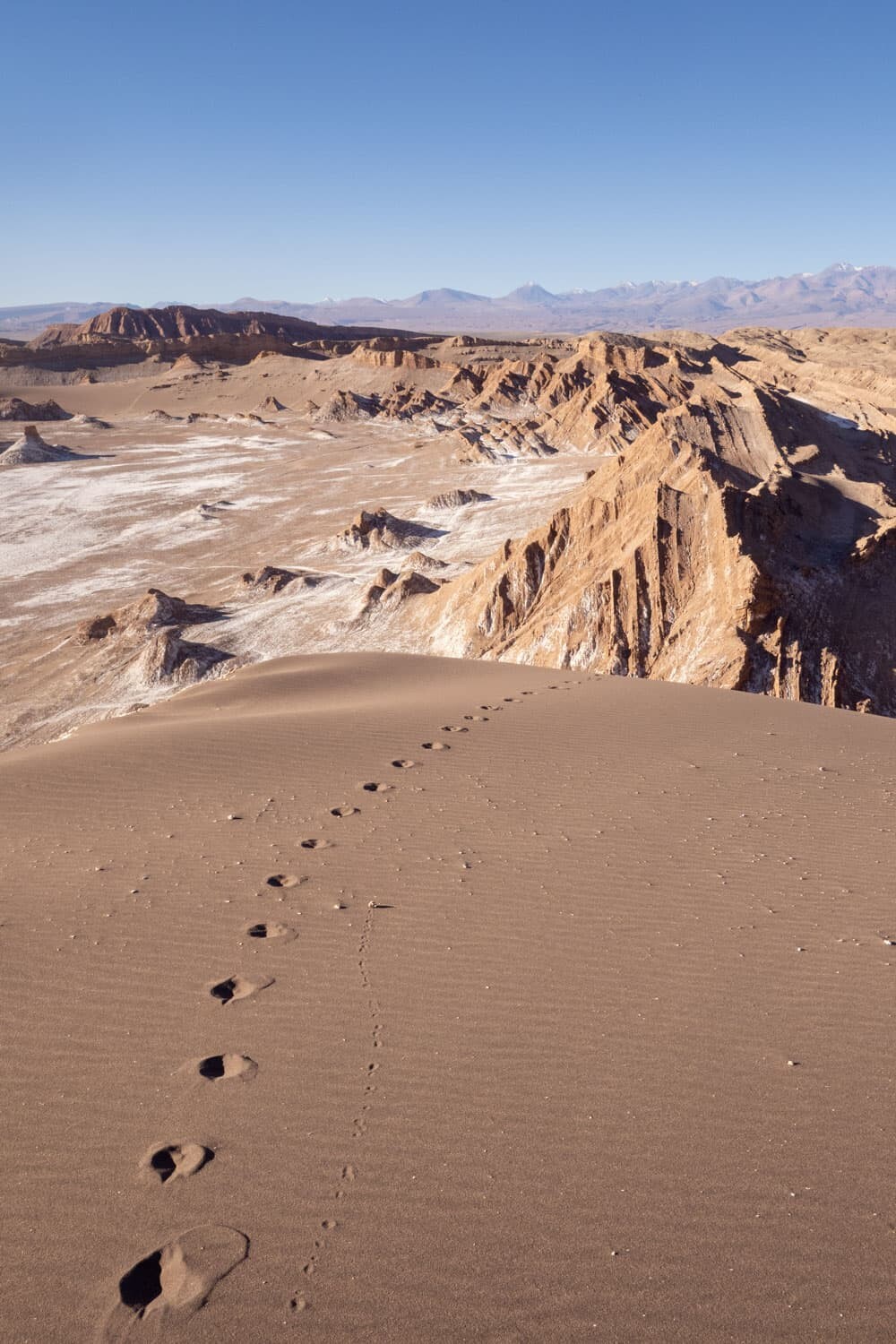
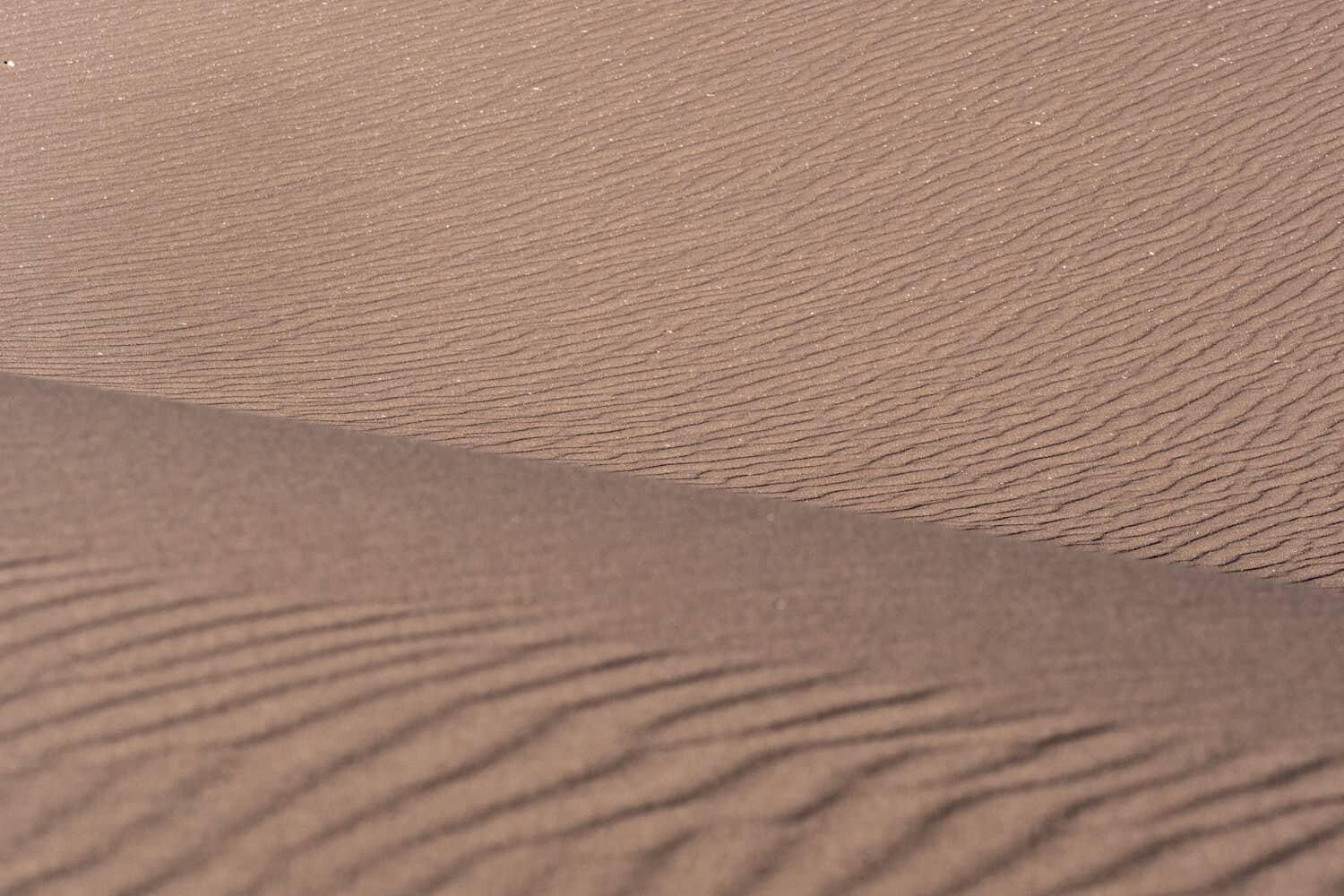
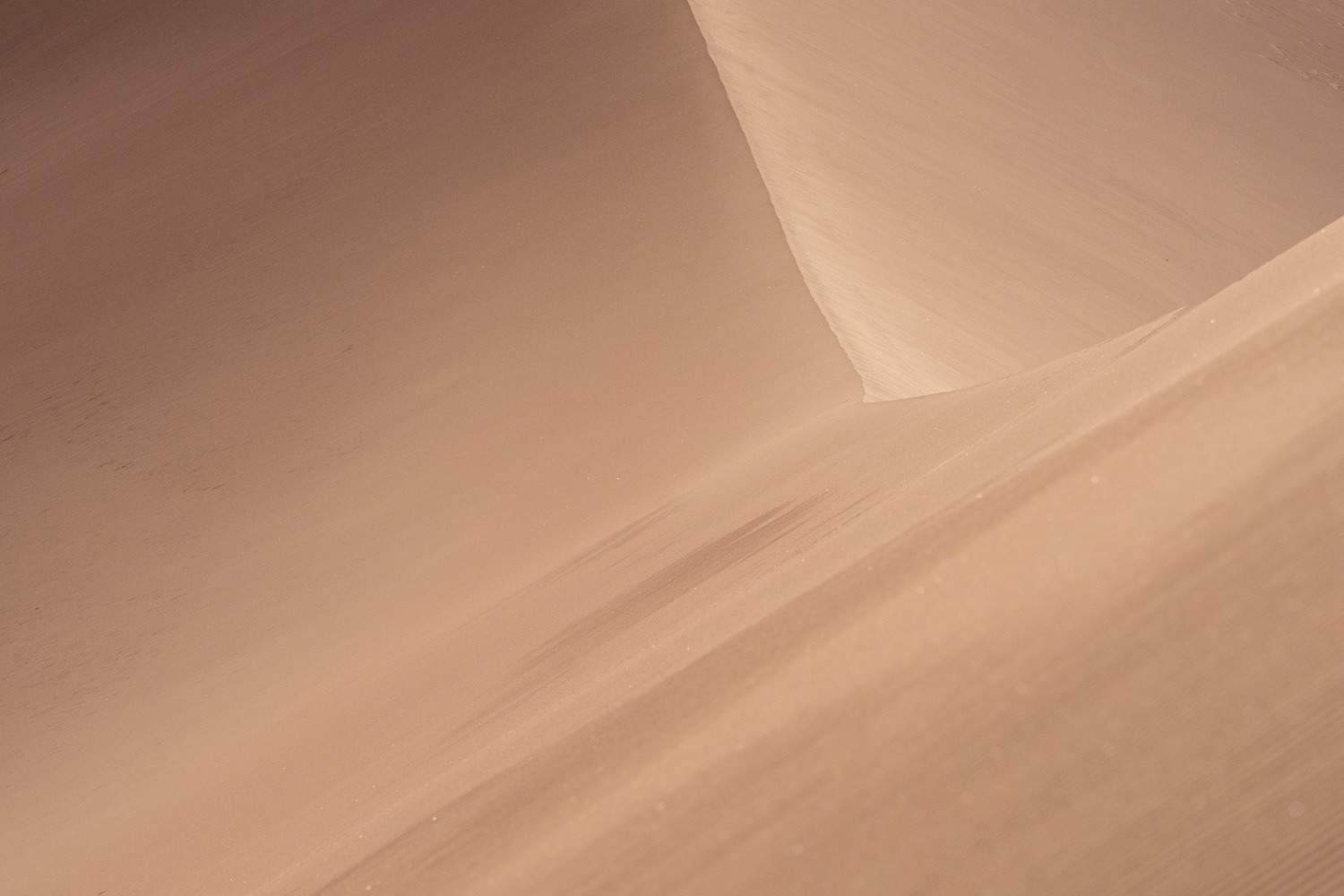
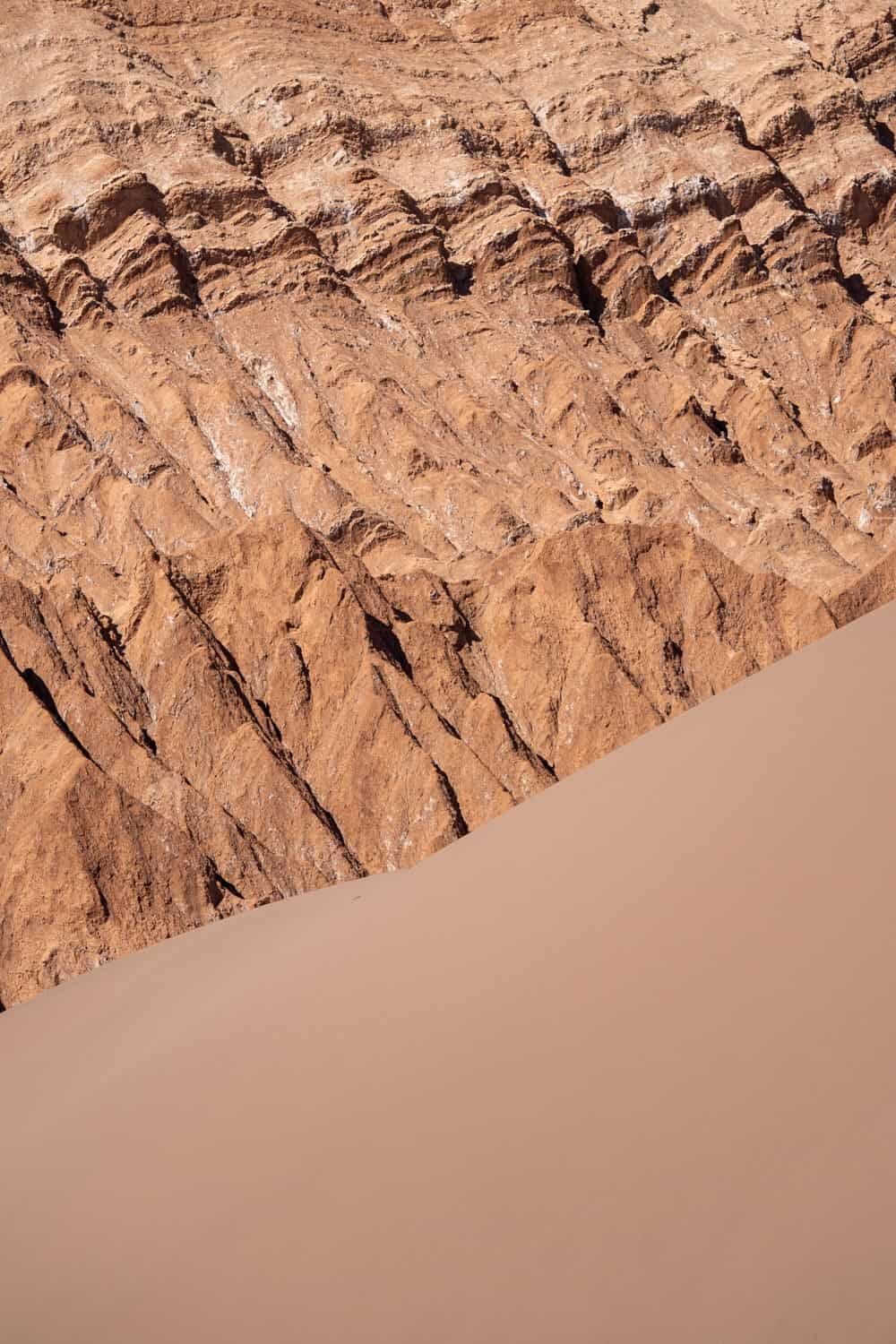
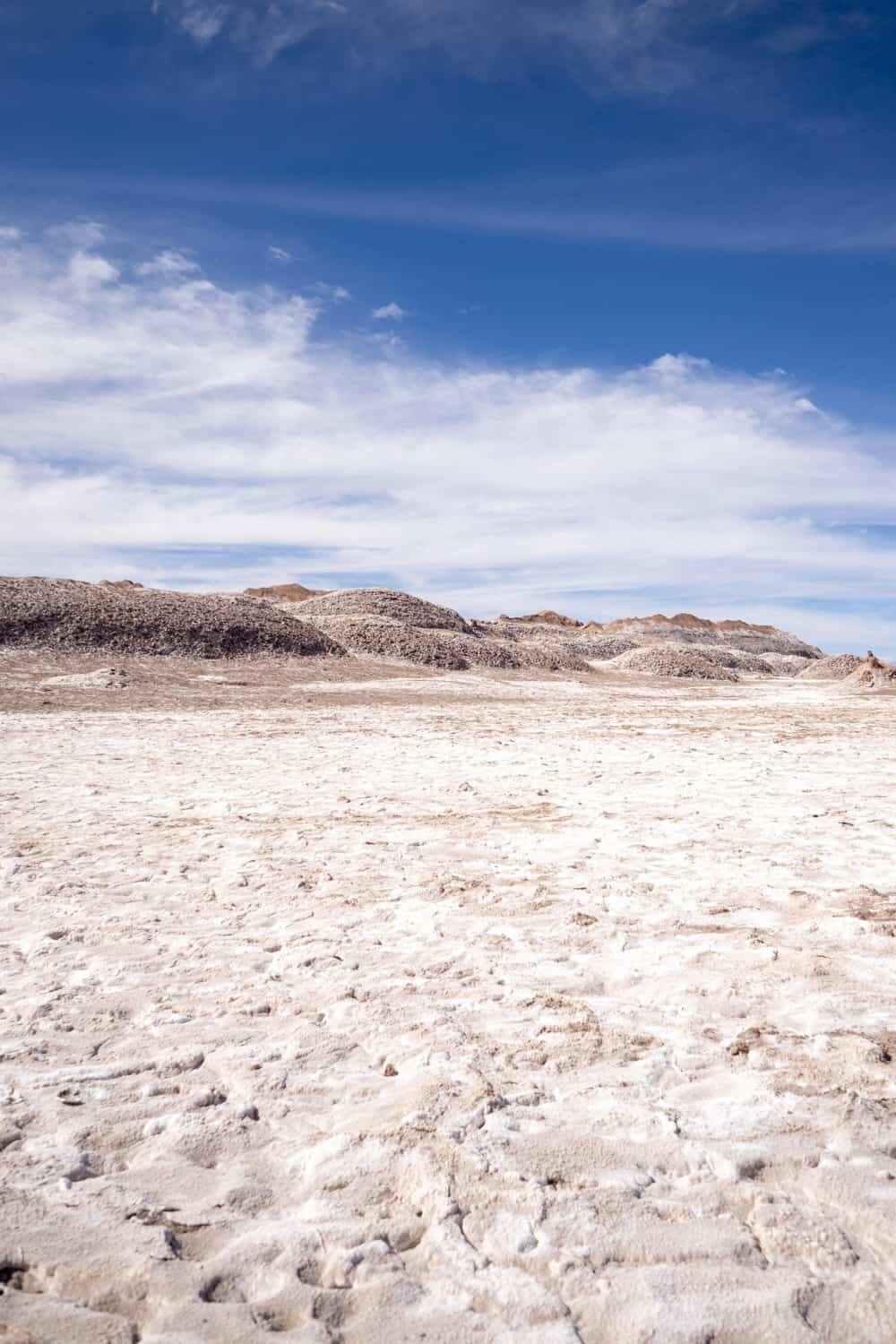
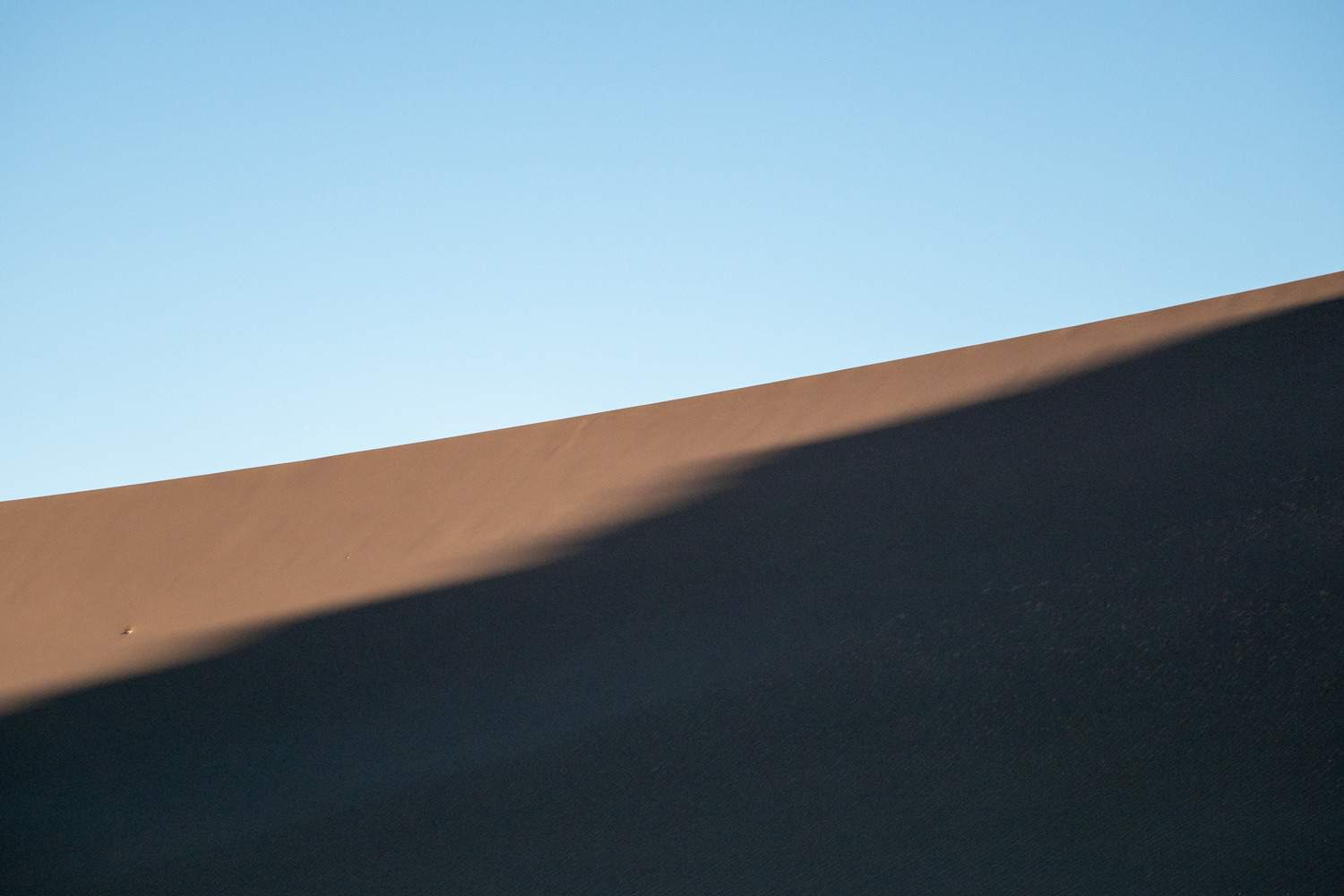

Hello! I’m the founder and photographer behind The Wandering Lens.
With 19+yrs experience as a professional travel and landscape photographer, all advice found on this site is from my personal experience, or that of contributors, on the road. I hope it’s useful for your own travels and would love to hear in the comments about your trips and experiences around the world.

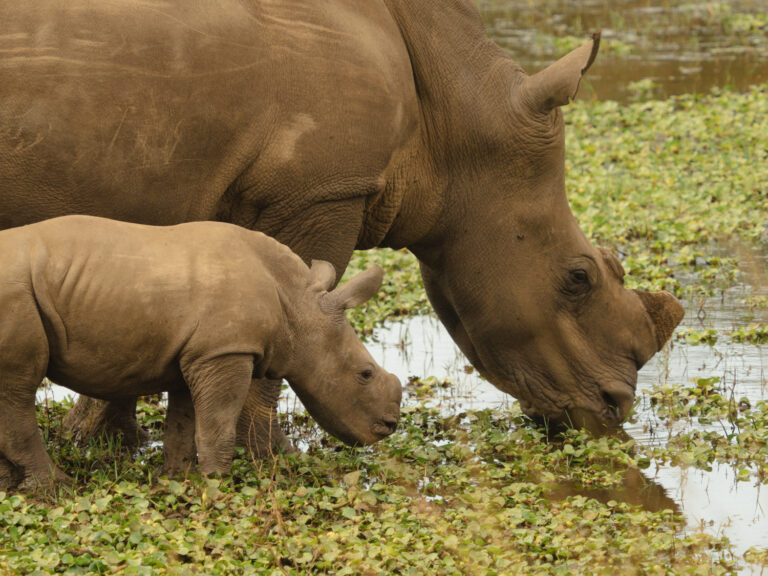

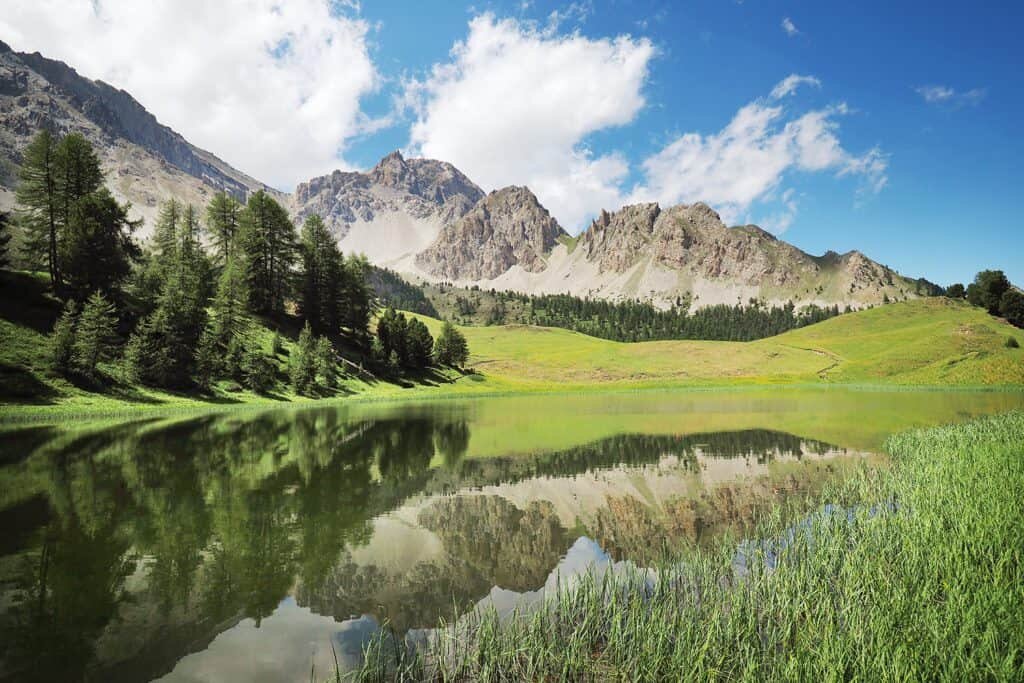
Leave a Comment